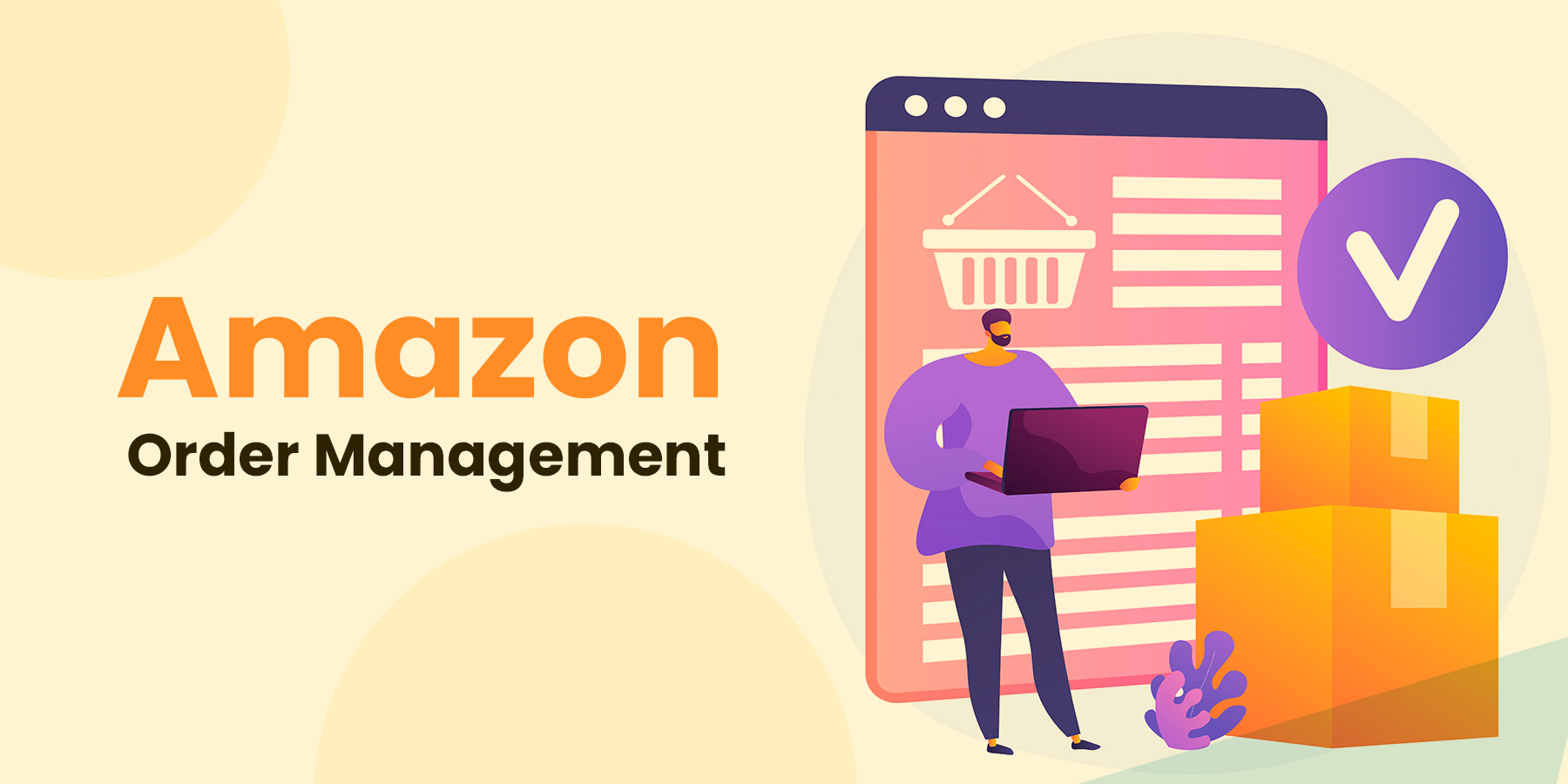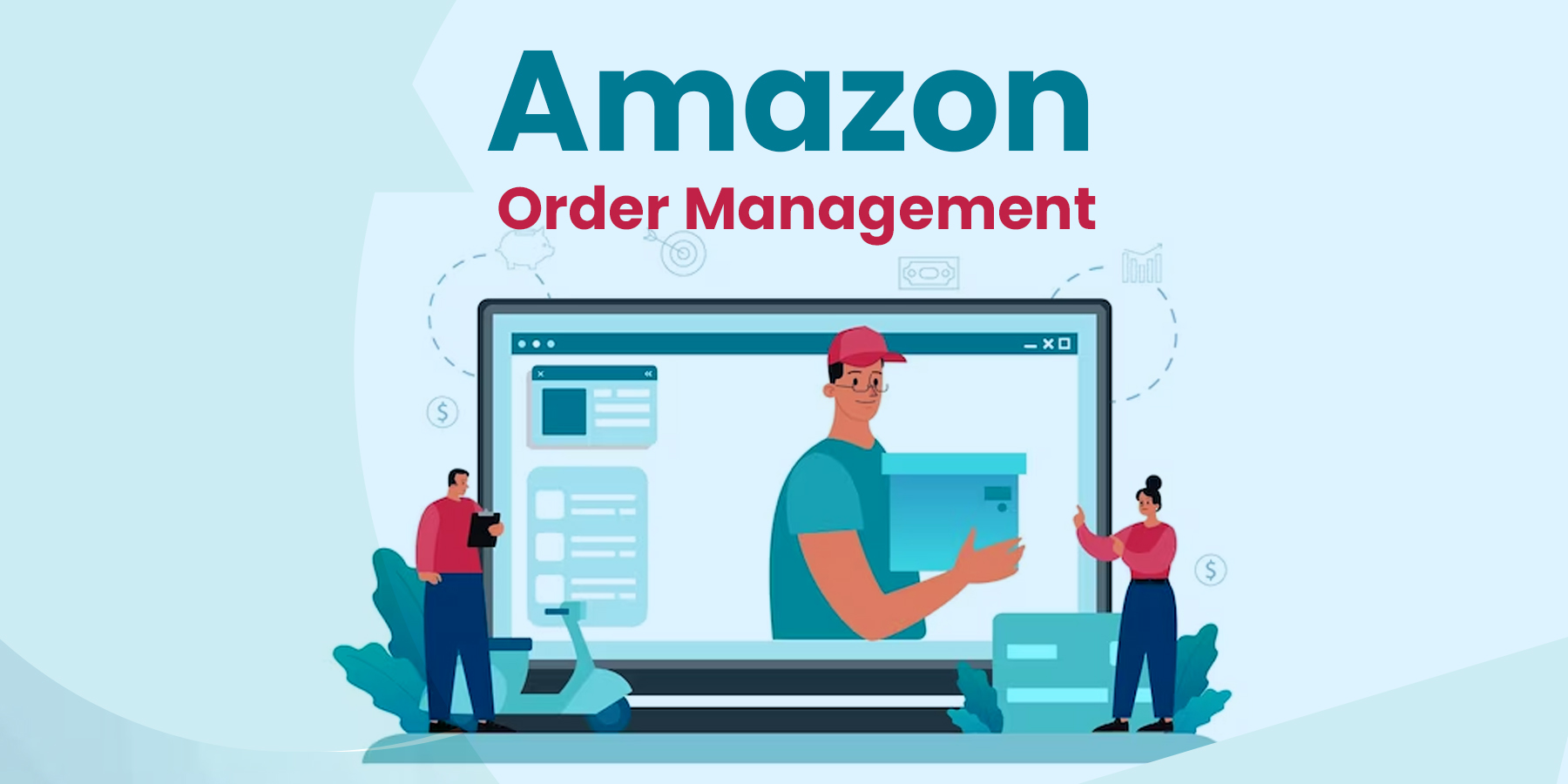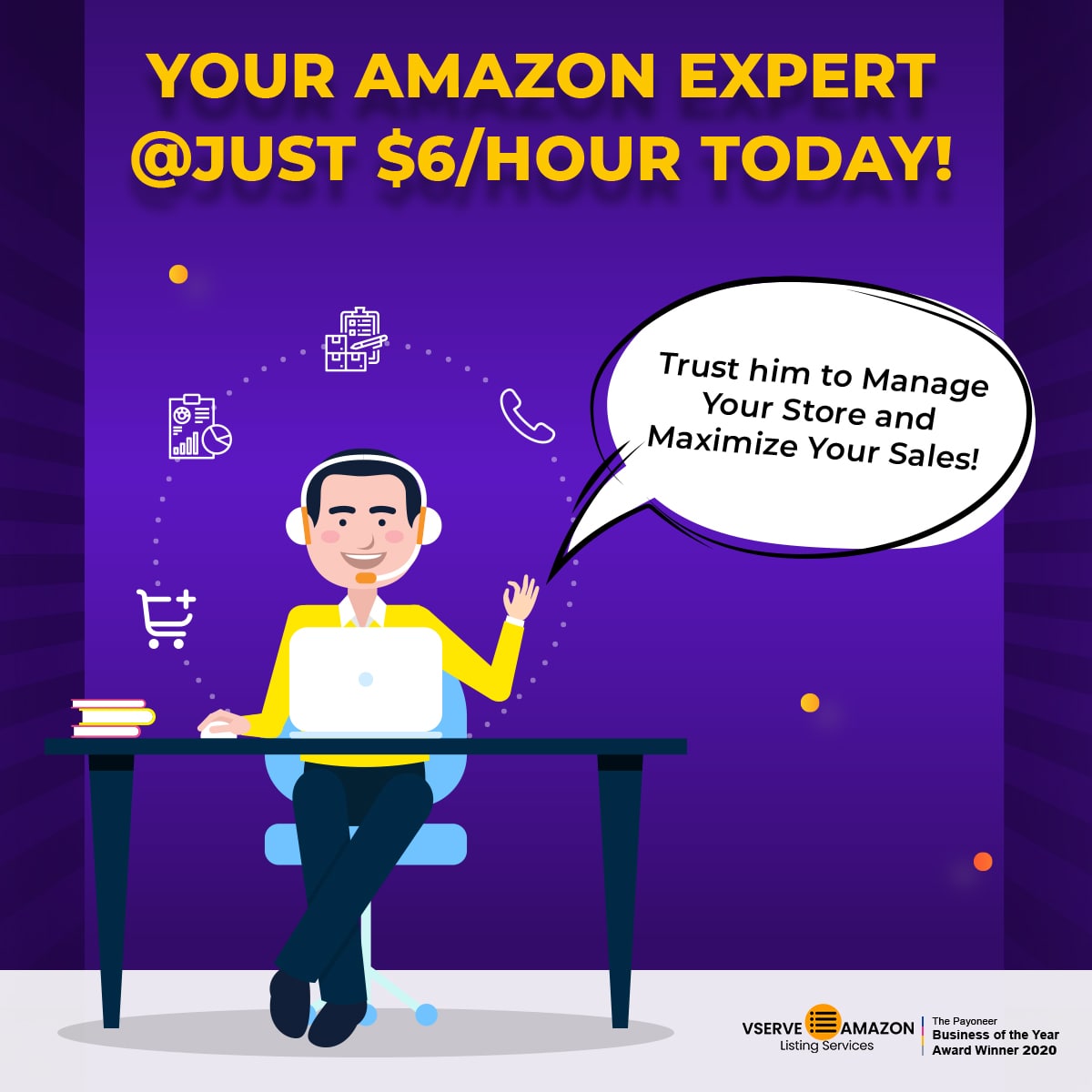As an Amazon seller, efficiently handling orders is vital to customer satisfaction and successful business. Peruse this article to learn the essential steps and best Amazon order management practices for managing your orders effectively.
We will cover various aspects of Amazon order management, including order notifications, navigating the order management interface, understanding different order statuses, coordinating shipping and fulfillment, handling returns, and addressing customer inquiries and claims. By following these guidelines, you can streamline your Amazon order management process, enhance customer experiences, and ultimately drive growth in your Amazon business.
The Two Amazon Fulfillment Methods
Amazon offers two main fulfillment methods for sellers:
- Fulfillment by Amazon (FBA)
- Seller-fulfilled shipping, also known as self-shipping or MFN (Merchant Fulfilled Network) shipping
Fulfillment by Amazon (FBA)
With FBA, sellers send their inventory to Amazon's fulfillment centers. When an order is received, Amazon handles the entire fulfillment process, including payment, packing, and shipping of the product(s) to the buyer. This Amazon order management method allows sellers to leverage Amazon's vast logistics network and infrastructure.
Seller-Fulfilled Shipping
On the other hand, with seller-fulfilled shipping, sellers handle the delivery coordination for their orders themselves. When an order is received, sellers are responsible for packaging and shipping the products directly to the buyers. This Amazon order management method gives sellers more control over the shipping process and allows them to choose their preferred carriers and shipping methods.
How to Manage Your Orders in The Amazon Store
For effective Amazon order management, it is recommended to update your notification settings. You can customize the notifications you need and how you accept them by accessing the settings menu and selecting notification settings. It will ensure that you receive timely updates when you receive an order.
The next step of Amazon order management is to navigate to The Seller Central main menu and hover over the "Orders" option. From there, select "Manage Orders." This selection will take you to the page where you can view and handle your orders.
When you receive an order in the Amazon store, it initially enters a pending status. It remains in this status until payment is verified. Once payment is confirmed, the order moves to the unshipped status, indicating it is ready for fulfillment. You can track your orders and their progress and ensure a smooth transition to the fulfillment stage.
Options for Amazon Order Management
Depending on the volume of orders you usually receive, there are two options for effective Amazon order management:
- The manage orders tool
- The orders report
Manage Orders Tool
The manage orders tool is suitable for sellers with a moderate number of orders, allowing them to handle individual orders efficiently.
Orders Report
For sellers with a higher order volume, utilizing the orders report for Amazon order management is recommended. You can access the reports for your business's orders on the orders report page under the orders tab in Seller Central. The all-orders report provides comprehensive information about your orders and items, covering FBA and seller-fulfilled orders within a specific timeframe.
These reports are valuable resources to monitor and analyze demand across various fulfillment and sales channels. By utilizing these reports, you can gain insights into your business's performance and make data-driven decisions.
Steps to Follow After Receiving An Order
Payment Verification
When a customer completes the checkout process with your product in their cart, Amazon order management places the order in a pending status on your managed orders page. All orders are initially held for 30 minutes, allowing customers the opportunity to cancel. During this time, payment verification takes place.
Status: Payment vs. Pending
During Amazon order management, it is essential to pay attention to two main statuses: pending and payment complete. The pending status indicates that the order is awaiting payment verification, while the payment complete status confirms successful payment verification and signifies that the order is ready for fulfillment.
Order Notification
If a customer reaches out while their order is pending, it is advisable to refer them to Amazon customer service for assistance. Once Amazon verifies the payment information, Amazon order management will transition the order to the unshipped status. At this point, Amazon sends the customer an order confirmation email, which includes an estimated delivery date. Simultaneously, you will also receive an order notification.
Locate the Customer's Delivery Address
When Amazon order management shows an order is in the unshipped status, it is time to fulfill it. To begin the fulfillment process, locate the customer's delivery address. You can do this through the orders detail page, orders report, or unshipped orders report. Once you have obtained the address, you must ship the order to the customer using their requested shipping method.
Arrange for Delivery
When handling fulfillment yourself, you can arrange delivery with your chosen carrier or take advantage of Amazon's buy shipping services. Buy shipping services allow you to purchase shipping labels individually or in bulk, ship and confirm orders, and track your shipments. Amazon suggests shipping services based on the customer's delivery promise, your carrier preference, and the lowest available cost. Utilizing buy shipping services can help protect your shipping performance metrics and streamline the shipping coordination process.
Confirm the Shipment
After shipping the order, you must confirm the shipment. It's important to note that shipment confirmation is not required for FBA orders or orders using buy shipping services. When confirming shipment as part of Amazon order management, you will provide the following:
- The ship date.
- Carrier shipping method.
- Tracking ID supplied by the carrier
- The ship from address
You can select an order from the manage orders page to access the order details page, where you can print an order packing slip or contact the customer if necessary.
FBA Orders
For orders involving products enrolled in FBA, you do not need to take any action upon receiving the order. You can review your FBA orders by clicking "View FBA Orders" on the manage orders page. You can review your FBA orders and issue refunds when necessary. It's important to note that returns and customer service for FBA products are handled directly by Amazon.
What to Do on Receiving a Return
To handle returns for your non-FBA products., you'll need to utilize the manage returns page.
Respond within 24 hours
When you receive a return request through Amazon order management, we recommend responding within 24 hours. Amazon automatically authorizes return requests that comply with its return policy. However, for returns outside of the policy, manual authorization is required. You'll receive an email notification from Amazon when authorization is needed.
Manually Authorize a Return
To manually authorize a return, navigate to the manage returns section under the orders tab in Seller Central. From there, access the pending actions tab and select the specific request of the Amazon order that you wish to review. Once you approve a customer's return request, you can use an Amazon-generated unpaid return label or upload your custom prepaid return label.
How to Cancel an Order
Some customers may want to cancel an order. How you respond depends on the order status. If Amazon order management shows that the order has yet to be shipped or confirmed, you can cancel it through the manage orders page. On canceling an order, Amazon automatically updates the order status and notifies the customer.
However, if Amazon order management shows that the order has already been shipped, you can request that the customer return the purchased product for a refund. Once you receive the returned item, issue a refund. It's worth noting that customers are only charged for an order once the shipment is confirmed.
A-to-Z Guarantee Claims System
Amazon utilizes the A-to-Z Guarantee claims system to ensure customer satisfaction. Customers can file claims for two reasons:
- If the customer did not receive the order
- The order did not meet their expectations
When customers encounter an issue, they are first expected to contact you, providing an opportunity to resolve the problem. Depending on what the matter is, customers may be directed to use either the buyer or seller messaging feature or the return request feature.
As a seller, you have 48 hours to respond to any issues raised by your customers. Customers can file an A-to-Z Guarantee claim if a resolution cannot be reached. Amazon will then investigate the claim. If Amazon grants the claim to the customer, they debit the claimed amount from your account. You can appeal against the decision if necessary in 30 days.
Use Buyer-Seller Messaging to Contact Customers only to Complete Orders
During the order process, there may be instances where it becomes necessary to communicate with your customers. Buyer-seller messaging is the approved method for communicating with Amazon customers within Seller Central, or you can do so via email. However, you should only contact customers to complete orders or answer customer service questions. It is strictly prohibited to reach customers for marketing or promotional purposes.
Amazon automatically sends review requests on your behalf after purchases. You can use the "request a review" feature on the order details page to request a review for a specific order. When using this feature, Amazon will ask the customer for a product review and seller feedback for the order. It's also worth mentioning that you should refrain from using buyer-seller messaging to request reviews.
Conclusion
Effective Amazon order management is a crucial aspect of running a successful business on Amazon. You can stay on top of the orders coming in by updating your notification settings, navigating the order management interface, and understanding different order statuses. Whether through Amazon's services or with your chosen carrier, coordinating shipping and fulfillment ensures timely delivery to your customers.
Handling returns promptly and providing excellent customer service are essential for customer satisfaction. If you encounter any challenges with Amazon order management and require assistance, consider contacting Vserve Amazon Listing Services. Their team of experts specializes in providing Amazon order processing services. With their knowledge and support, you can address issues and ensure smooth and efficient order management on the platform.
This blog is inspired by the video 'How to manage your orders in the Amazon store' by Amazon Seller University.










